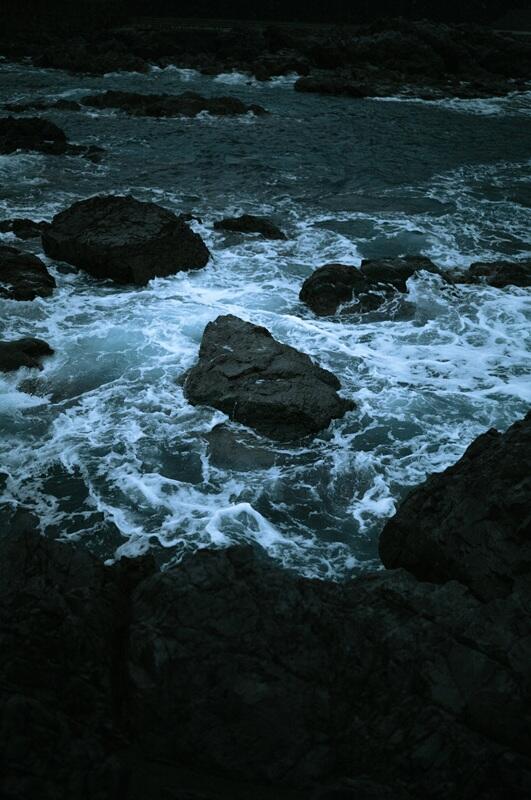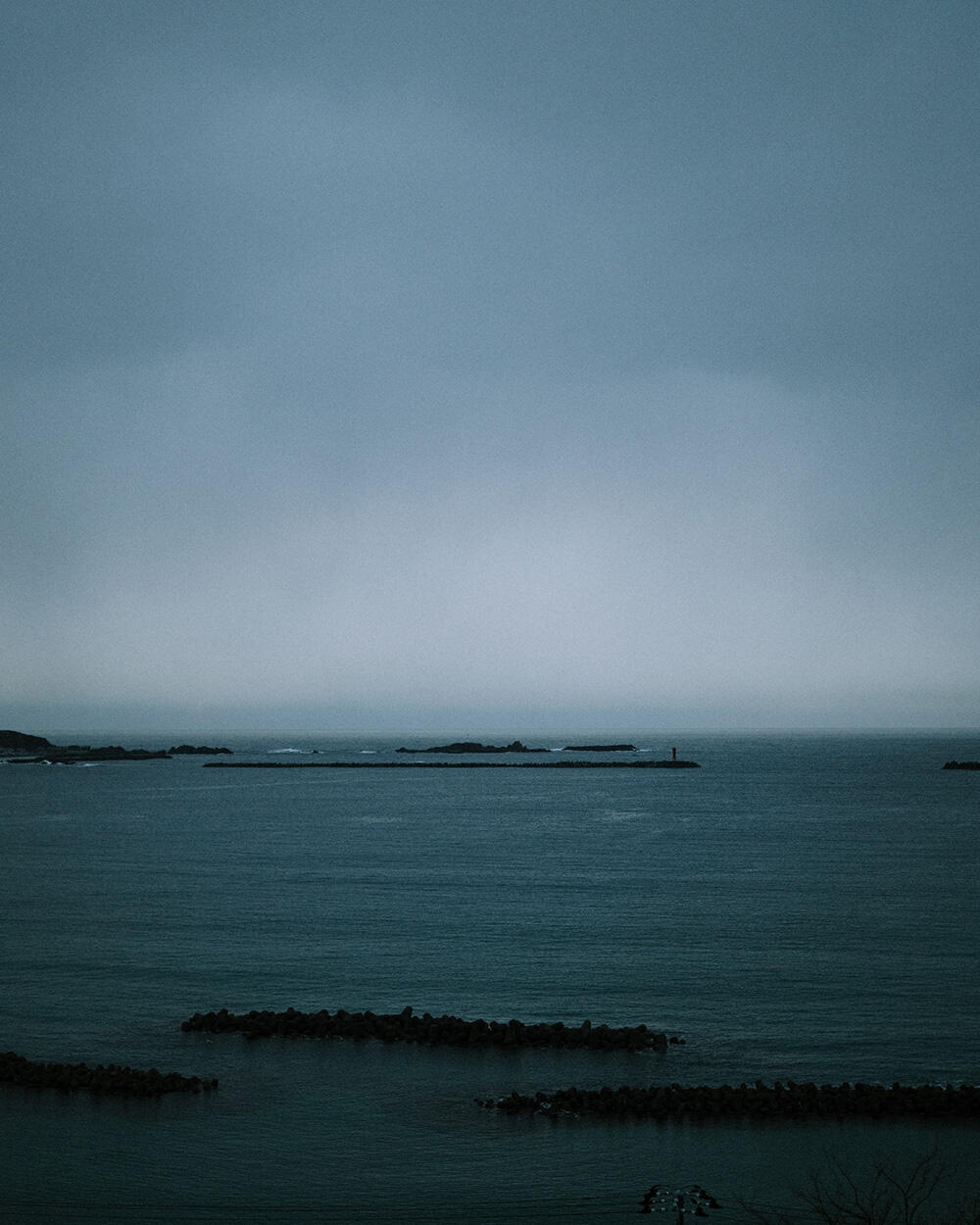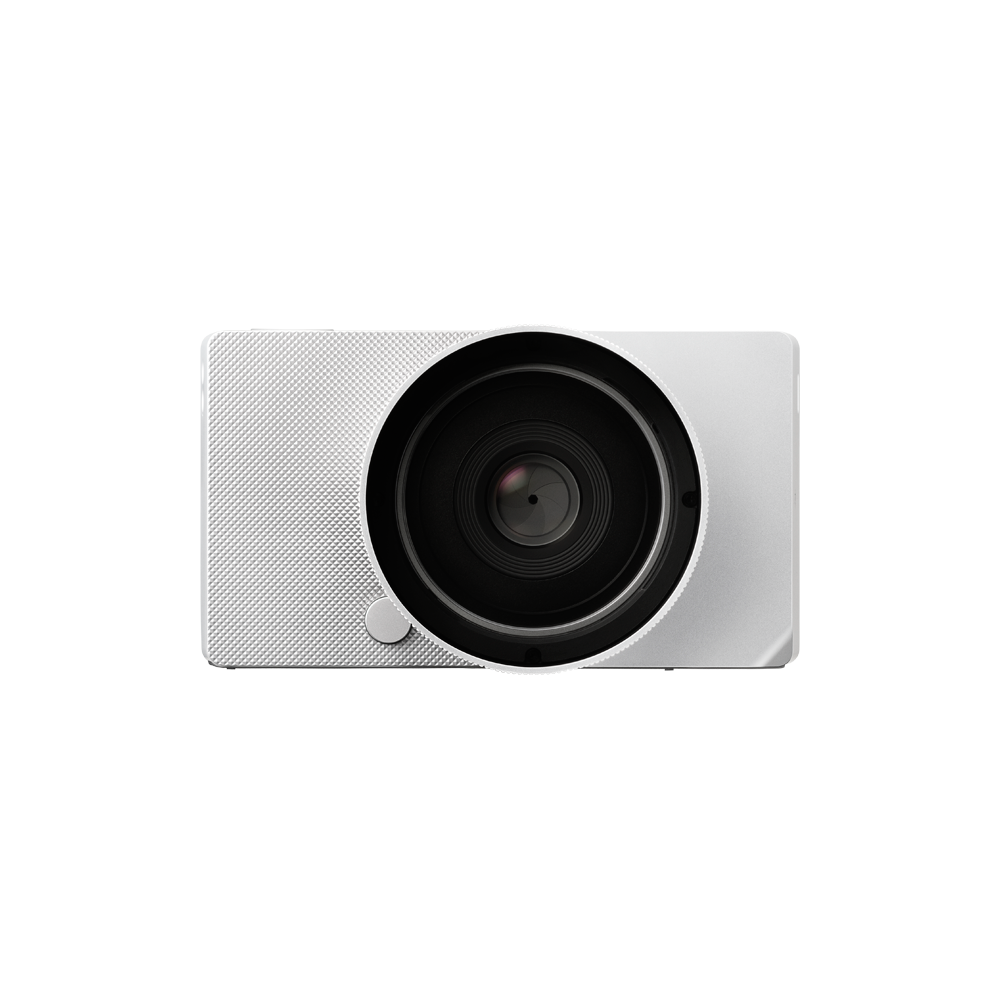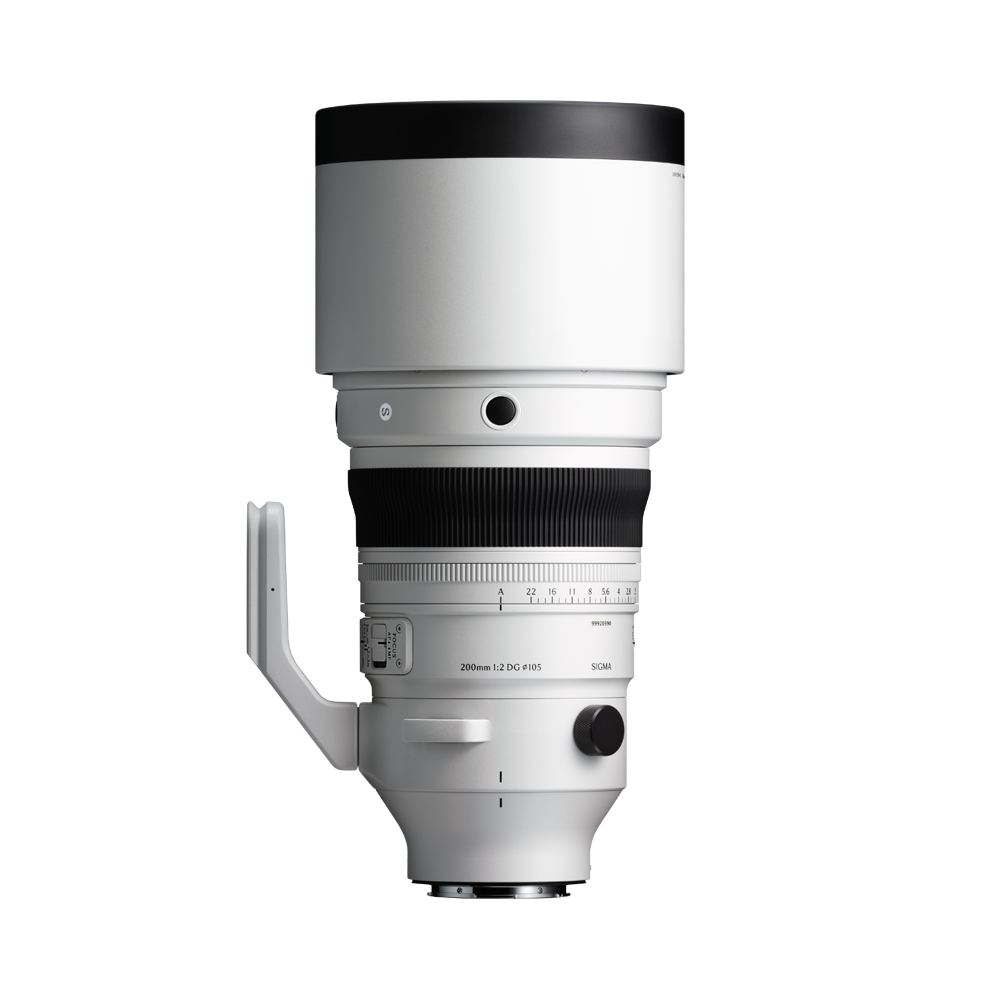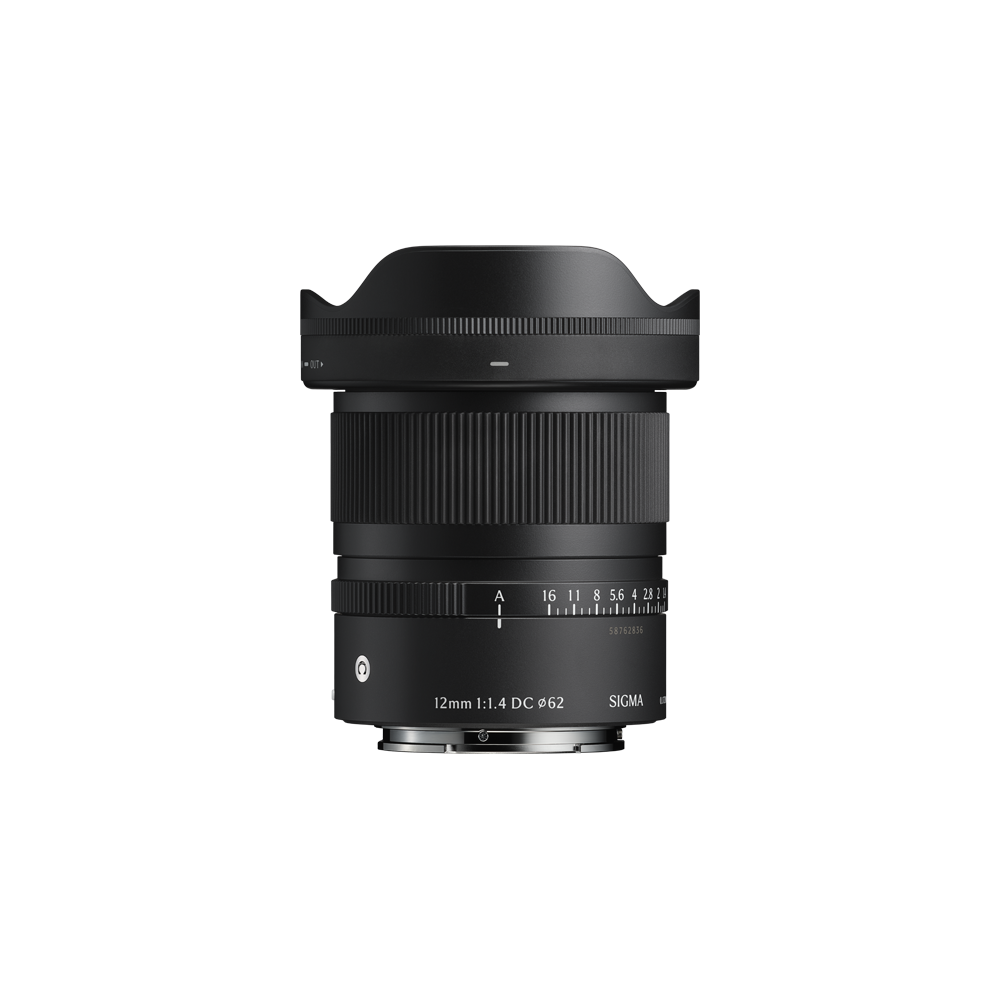ART
35mm F1.2 DG II
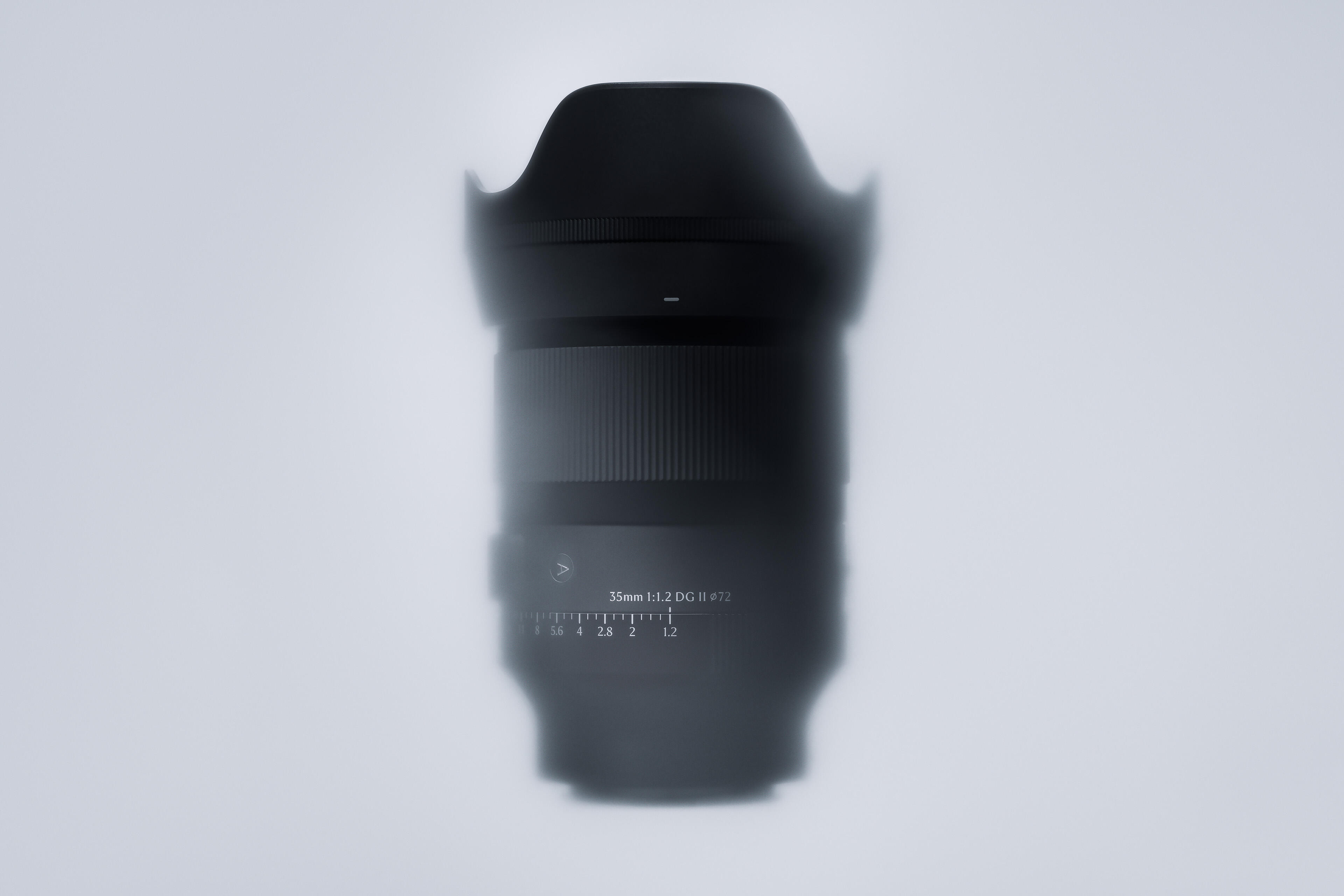

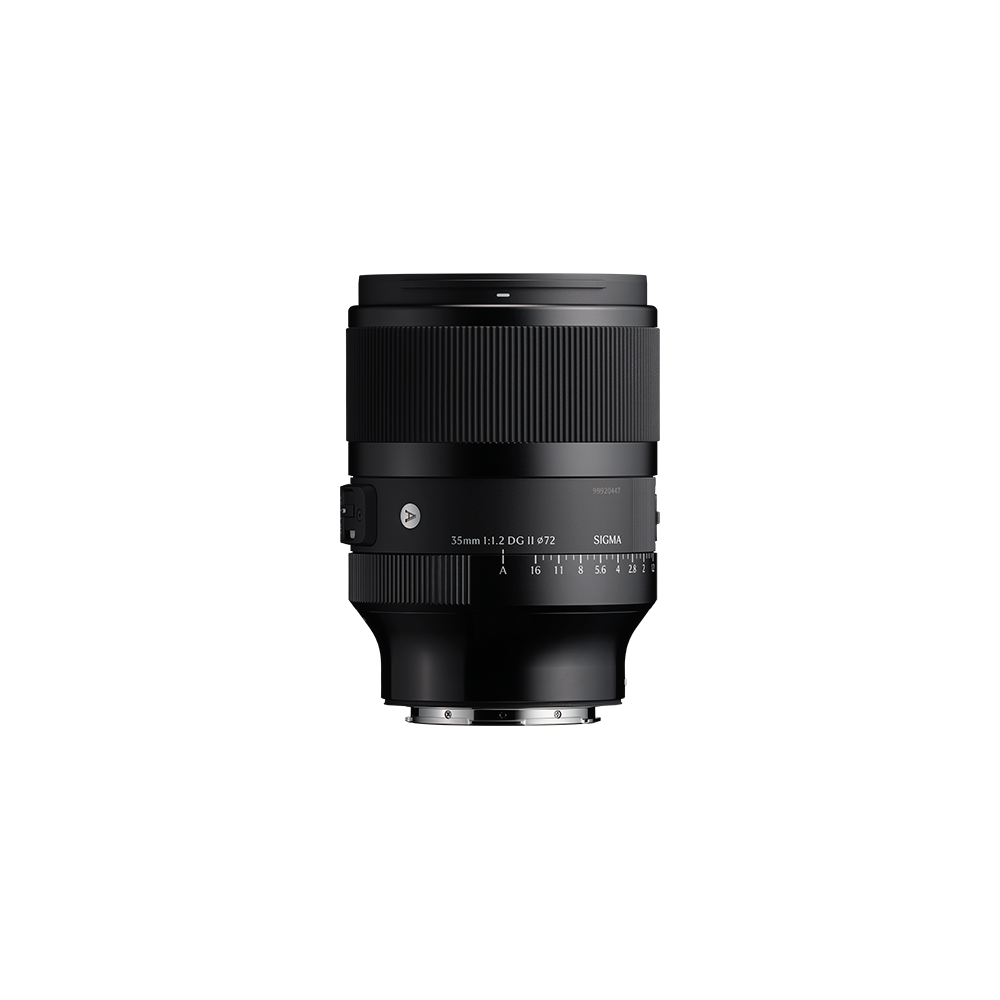
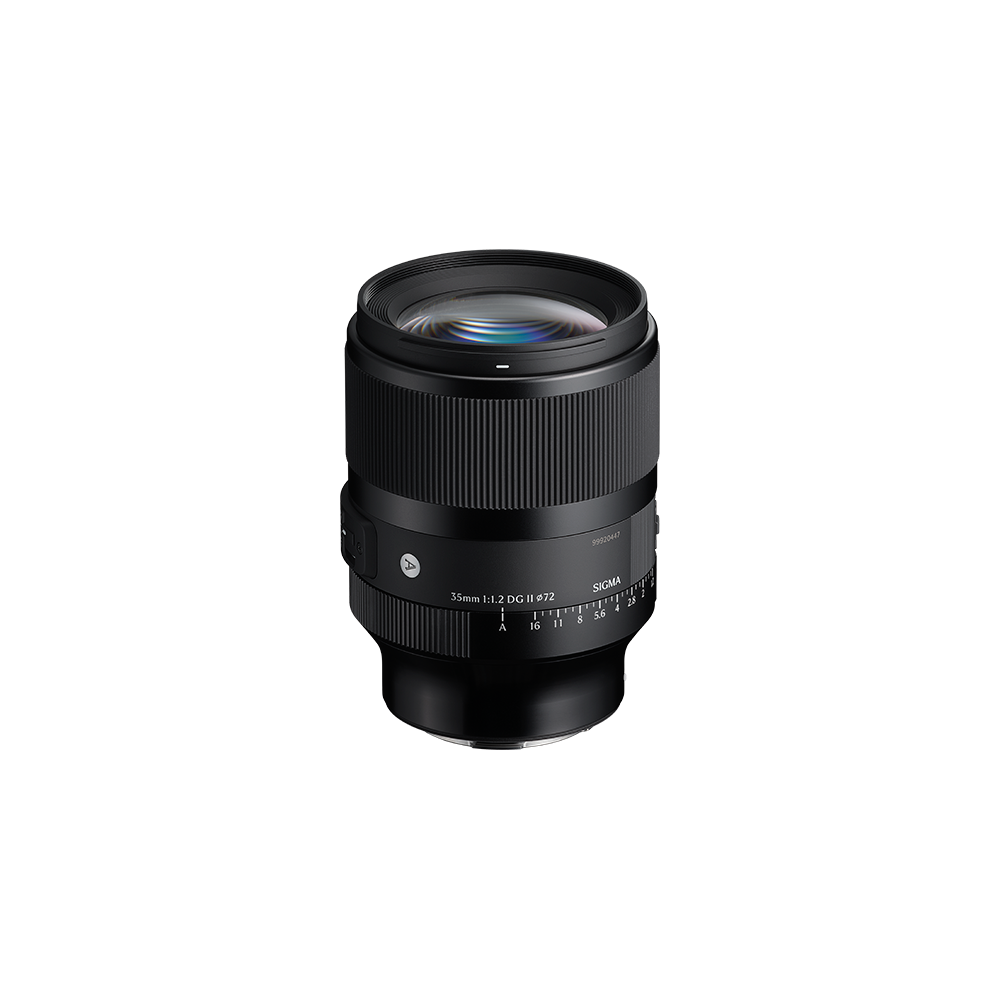
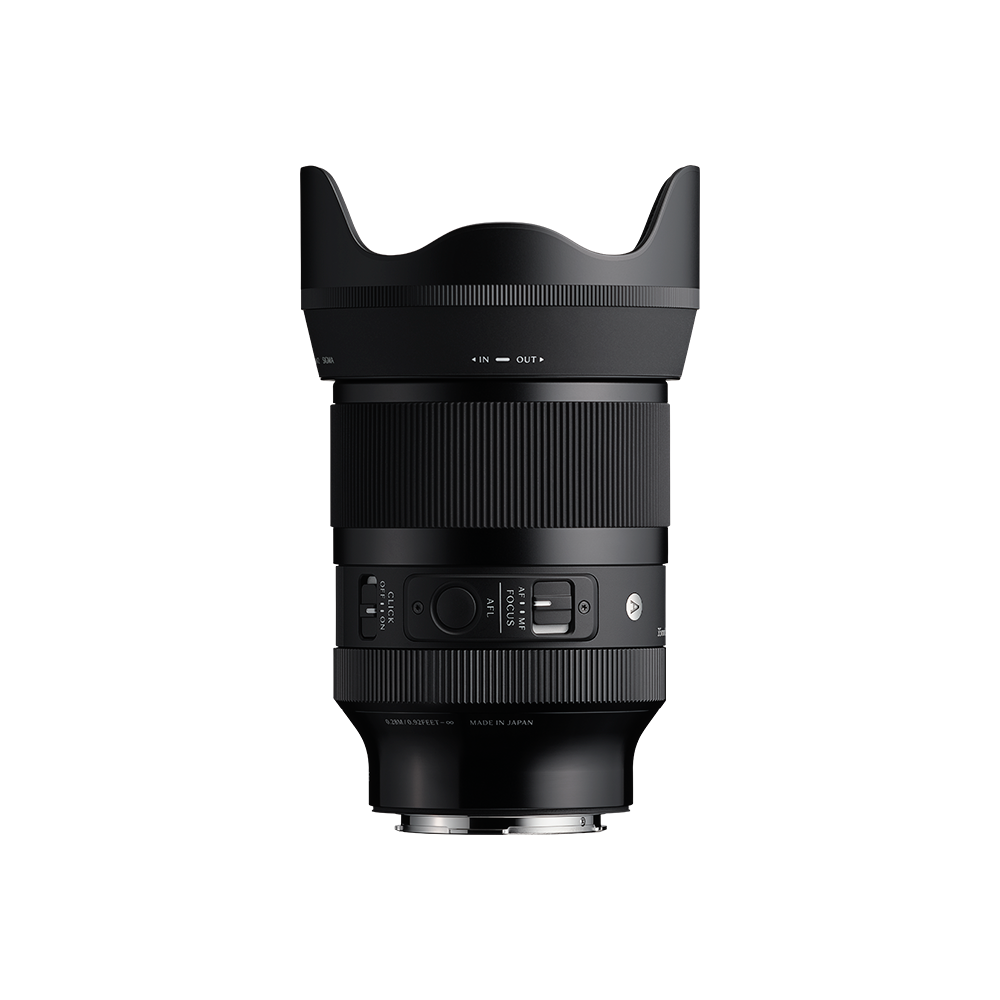
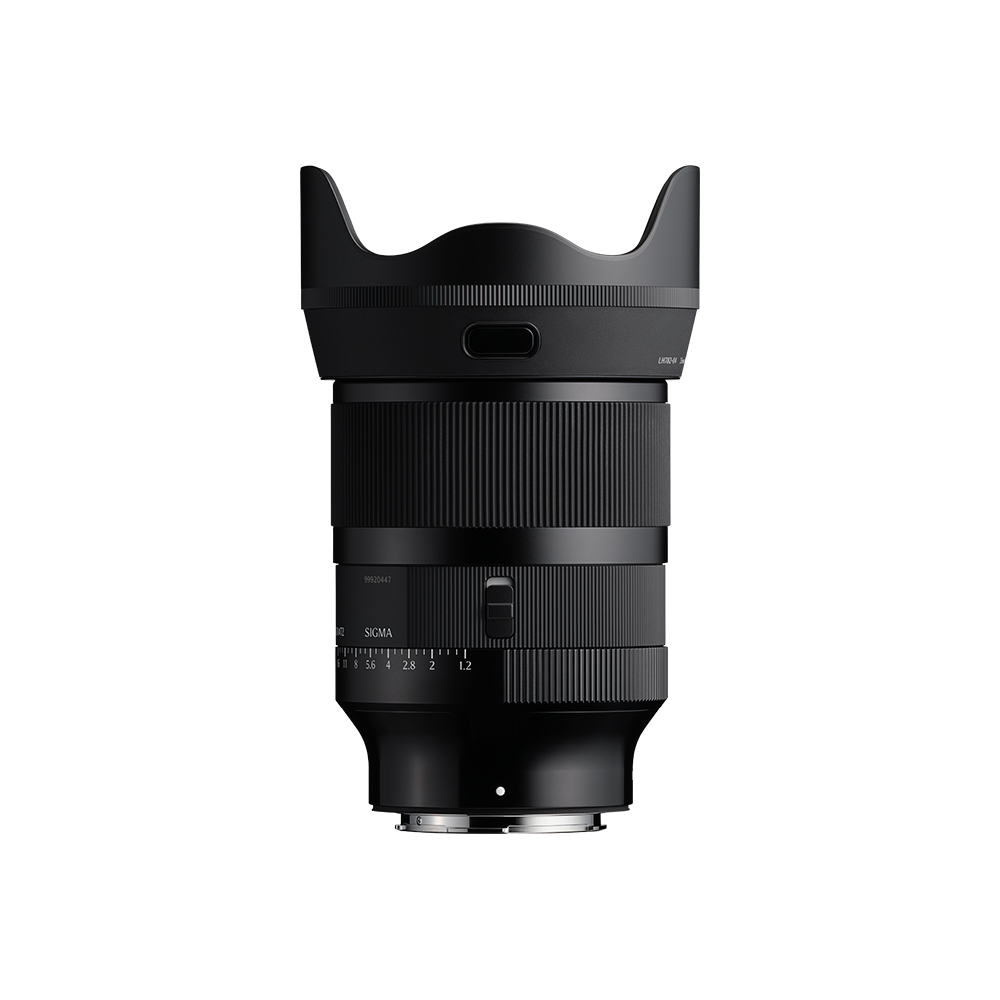





New
ART
35mm F1.2 DG II
Available mounts
- L-Mount
- Sony E-mount
- Unrivaled descriptive power, with clear rendering from F1.2, and large, beautiful bokeh
- Significantly reduced size and weight
- Designed and engineered for professional use
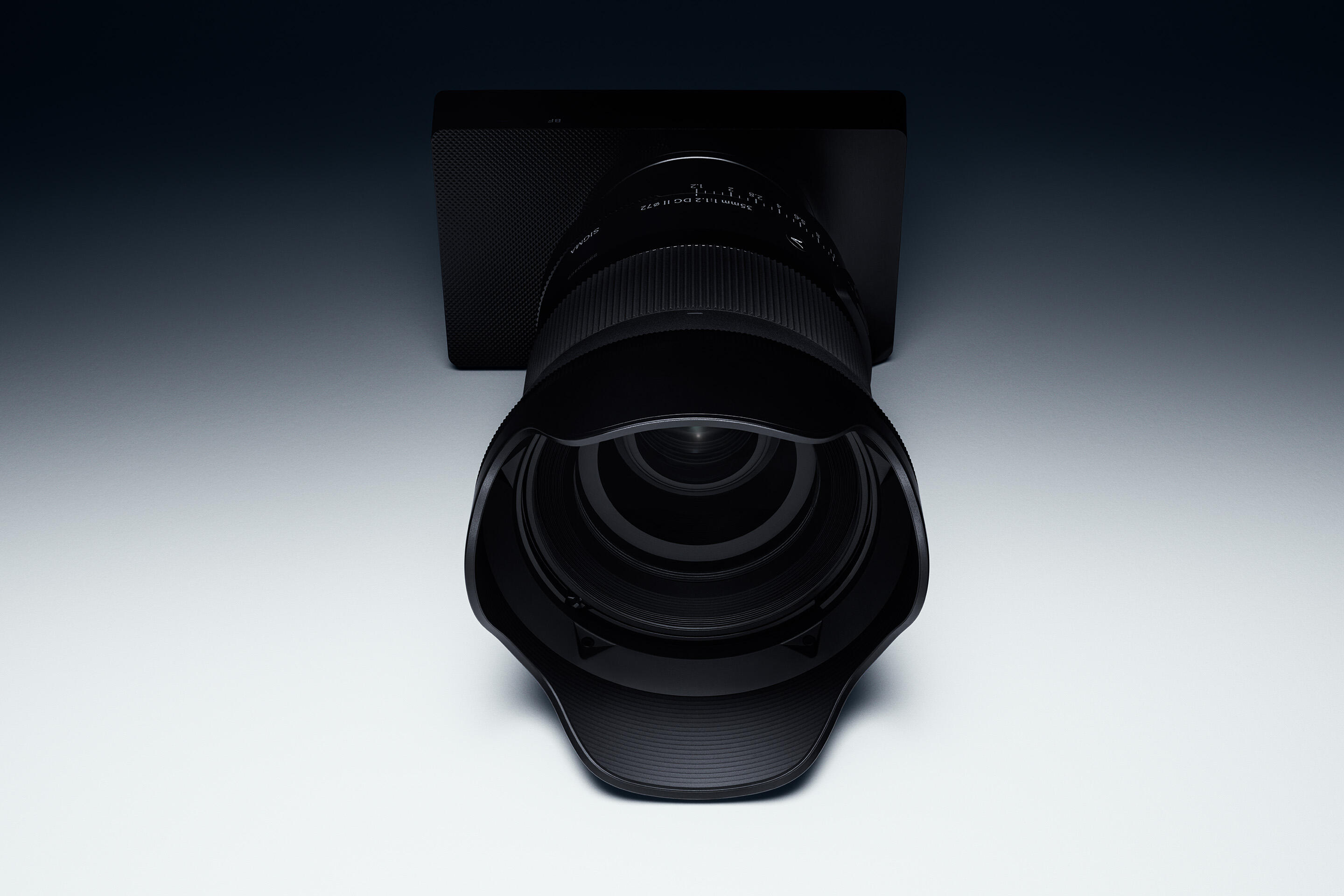
Great made better: the exceptional resolving power and beautiful bokeh of Sigma’s world-leading 35mm F1.2 in a smaller, lighter body
In 2019, Sigma released the 35mm F1.2 DG DN | Art, the world's first 35mm mirrorless camera lens with an F1.2 aperture. Six years later, Sigma is proud to introduce its successor, the 35mm F1.2 DG II | Art.
Designed and engineered with Sigma's latest technology, the 35mm F1.2 DG II | Art offers not only improved optical performance, but also greatly enhanced portability thanks to a significant size reduction of approximately 30%. With its improved design, the lens delivers unparalleled rendering power, high-resolution clarity and large, beautiful bokeh in a more portable form. Focus breathing is also effectively minimized, ensuring outstanding results not only in still photography, but also when shooting video.
The Sigma 35mm F1.2 DG II | Art is an exceptional, uncompromising lens that achieves the perfect balance of optical performance, brightness, compact size, light weight and ease of use.
-
Camera Type
Mirrorless -
Corresponding Mount
L-Mount,Sony E-mount -
Sensor Format
Full-frame [DG] -
Lens Construction
17 elements in 13 groups (1 SLD and 4 aspherical lens elements)
-
Angle of View
L-Mount: 63.4°
Sony E-mount: 63.4° -
Number of Diaphragm Blades
11 (rounded diaphragm)
-
Minimum Aperture
F16
-
Minimum Focusing Distance
28cm / 11.1in.
-
Maximum Magnification Ratio
1:5.3
-
Filter Size
φ72mm
-
Dimensions (Diameter × Length)
L-Mount: φ81.0mm x 111.4mm / φ3.2in. x 4.4in.
Sony E-mount: φ81.0mm x 113.4mm / φ3.2in. x 4.5in.
*The length of a lens is measured from the front of the lens to its mount -
Weight
L-Mount: 755g / 26.6oz.
Sony E-mount: 745g / 26.3oz. -
Edition Number
A025
The three-digit code on the surface of the lens is to indicate the year the lens was first released.
(Since it is different from the year of manufacture, the release year and edition number may not match depending on the mount.) -
Supplied Accessories
Pouch
Lens Hood LH782-04
Front Cap LCF-72 IV
Rear Cap LCR III -
Mount / Product Barcode
L-Mount:00-85126-37069-5
Sony E-mount:00-85126-37065-7 -
* This product is developed, manufactured and sold based on the specifications of E-mount which was disclosed by Sony Corporation under the license agreement with Sony Corporation.
* L-Mount is a registered trademark of Leica Camera AG.
-
Extreme suppression of chromatic aberration and sagittal coma flare
The Sigma 35mm F1.2 DG II | Art offers even better optical performance than its predecessor, with brilliant clarity throughout the image, even at the fully open F1.2 aperture. The use of SLD glass, highly refractive glass with high anomalous dispersion, and four glass-molded double-sided aspherical elements thoroughly corrects axial chromatic aberration and sagittal coma flare, while significantly reducing the lens size.
-
Brilliant sharpness and the large, beautiful bokeh of an F1.2 aperture
In designing the 35mm F1.2 DG II | Art, Sigma paid special attention to correcting the various optical aberrations that affect image quality. Thanks to these meticulous efforts, the lens delivers brilliant sharpness of the in-focus plane and beautiful bokeh that suppresses color bleeding and double line bokeh. Photographers will appreciate the rich, expressive rendering qualities and the beautiful interplay between the in-focus and out-of-focus areas, especially when shooting wide open at F1.2.
-
Designed to minimize focus breathing
Optimization of the focus group arrangement and aspherical shape significantly suppresses focus breathing. As a result, changes in field of view are effectively suppressed when the focusing distance is changed, making the lens an ideal choice for professional video use.
-
Designed to minimize flare and ghosting
Flare and ghosting, which reduce image quality, are addressed under all conditions of incident light, based on the most advanced simulation technology. High backlight resistance enables clear and sharp images under any lighting conditions.
-
Better performance, smaller size and lighter weight thanks to the floating focus system
The Sigma 35mm F1.2 DG II | Art achieves even better optical performance than its predecessor while being approximately 30% lighter and 20% shorter. A key factor behind this is the adoption of a floating focus design: by allowing the lens groups to move independently of each other, the weight of each lens group has been significantly reduced while simultaneously enhancing optical performance. Additionally, the improved optical design features four aspherical lens elements, high refractive index glass, and thinner lens elements, further contributing to its exceptional performance.
-
Fast and quiet autofocusing with dual HLA system
The dual HLA (High-response Linear Actuator) system drives each of the two focus groups by an individual linear motor. In addition, the use of multiple magnets in each motor allows for a compact focus unit design without sacrificing high thrust. Compared to conventional cam-driven systems, the dual HLA system is not only significantly lighter, but also guarantees fast, reliable and quiet autofocusing.
-
A long-lasting, reliable tool for photographic expression
Manufactured and assembled in Aizu, Japan, using high-precision parts made of aluminum, TSC*1 and other materials, the 35mm F1.2 DG II | Art is a sophisticated and durable photographic tool designed according to Sigma’s Art line specifications.
*1. TSC (Thermally Stable Composite) is a type of polycarbonate with a thermal expansion rate similar to that of aluminum. It has a high affinity to metal parts, which contributes to high quality product manufacturing.
-
A wealth of shooting assist functions
The lens features an AFL button that can be assigned a variety of functions on compatible cameras. In addition, the aperture ring can be locked with the dedicated lock switch and changed from clicked to declicked with the dedicated click switch.
-
Dust- and splash-resistant structure*1 and water- and oil-repellent coating
In addition to a dust- and splash-resistant structure, the front element of the lens features a water- and oil-repellent coating, allowing photographers to shoot without concerns even in harsh outdoor environments.
*1. The structure is designed to be dust and splash resistant, but not waterproof. Be careful not to bring the lens in contact with a large amount of water. Water inside the lens may cause major damage and even render the lens unrepairable.
-
Petal-type hood with locking mechanism
The Sigma 35mm F1.2 DG II | Art comes with a dedicated petal-type hood that shields the front element from stray light to reduce the chance of unwanted flare. The hood attaches securely to the lens with a locking mechanism.
-
Lens construction
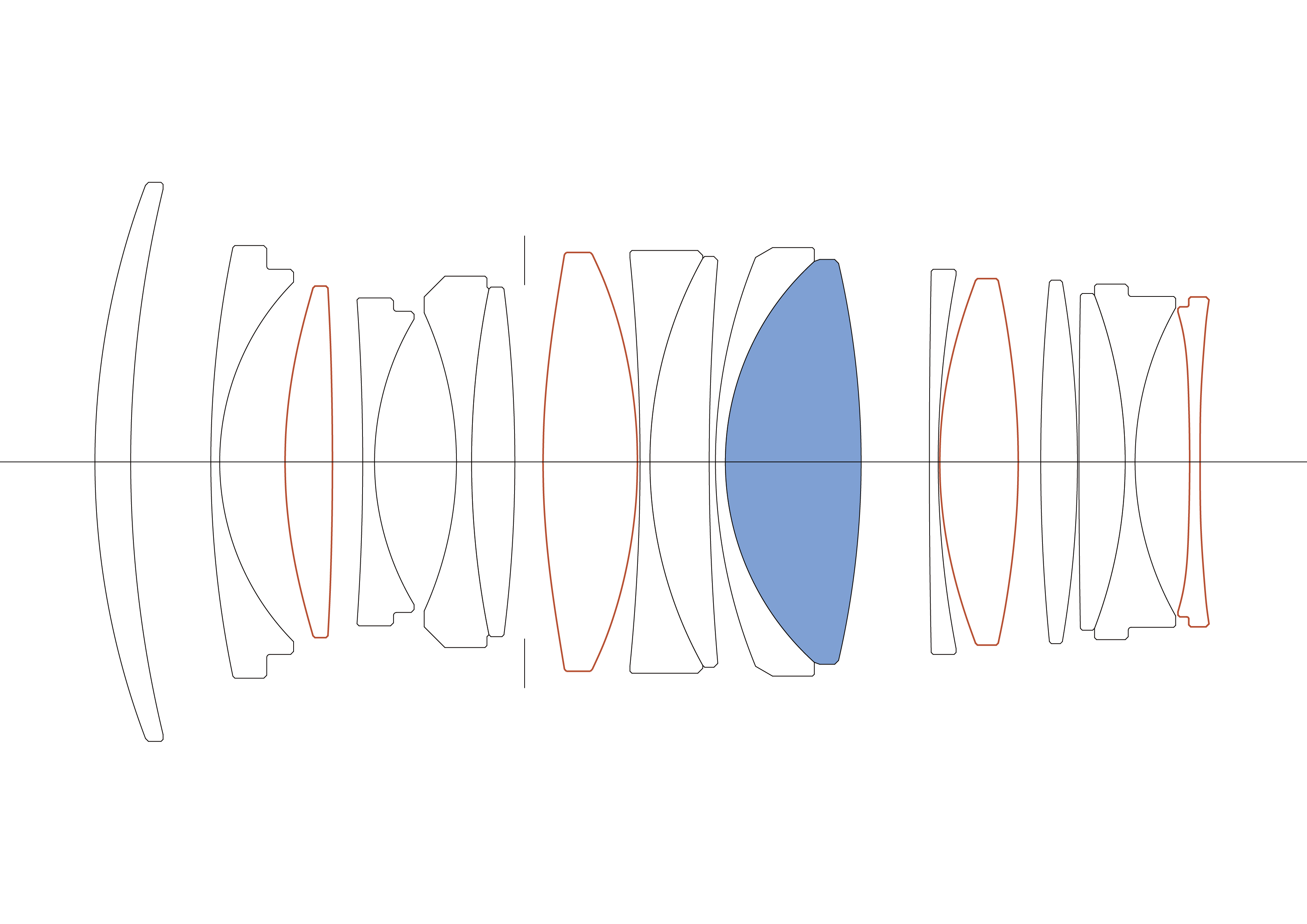
SLD glass
Aspherical lens
-
MTF CHART
Diffraction MTF
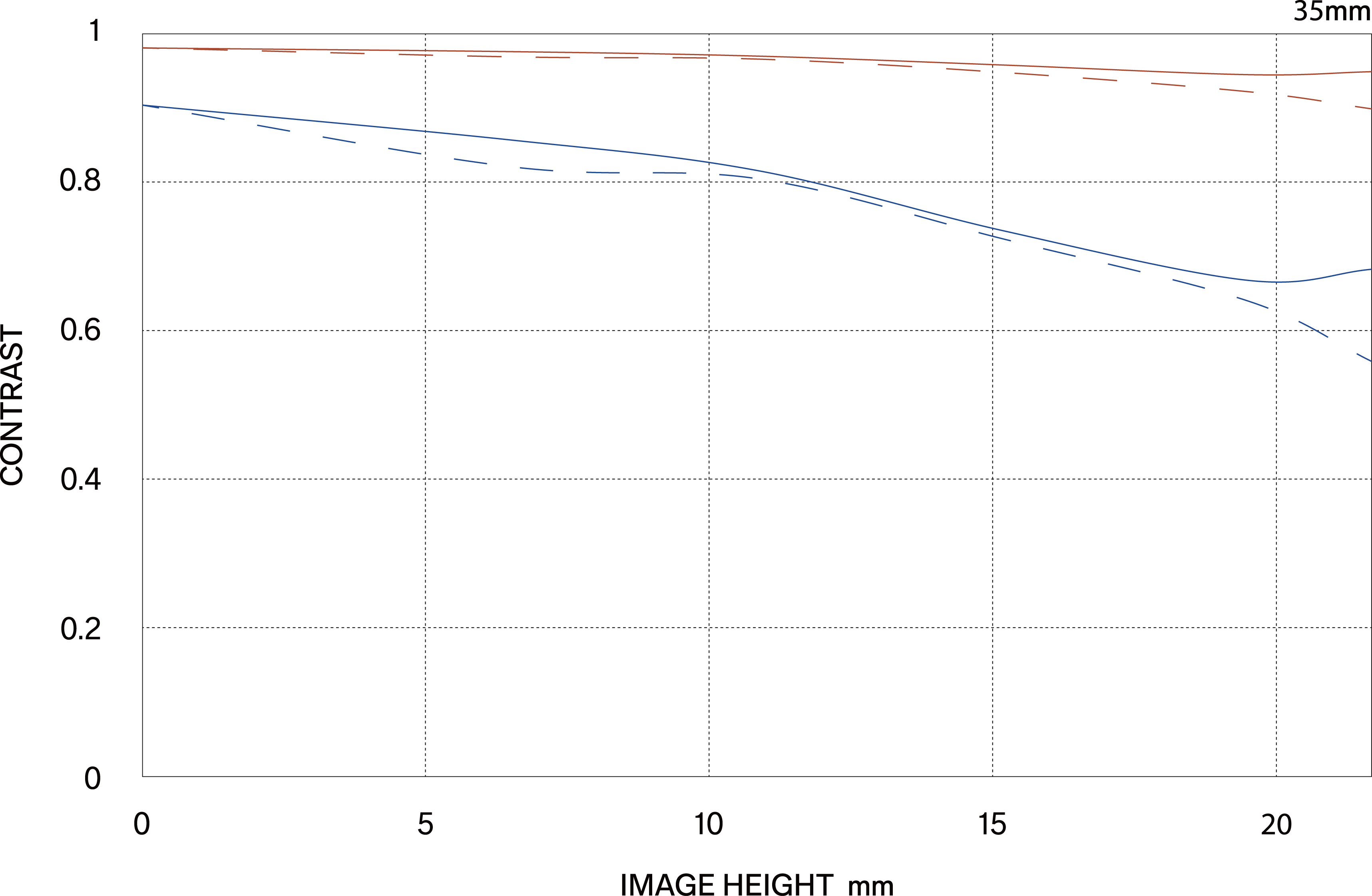
Geometrical MTF
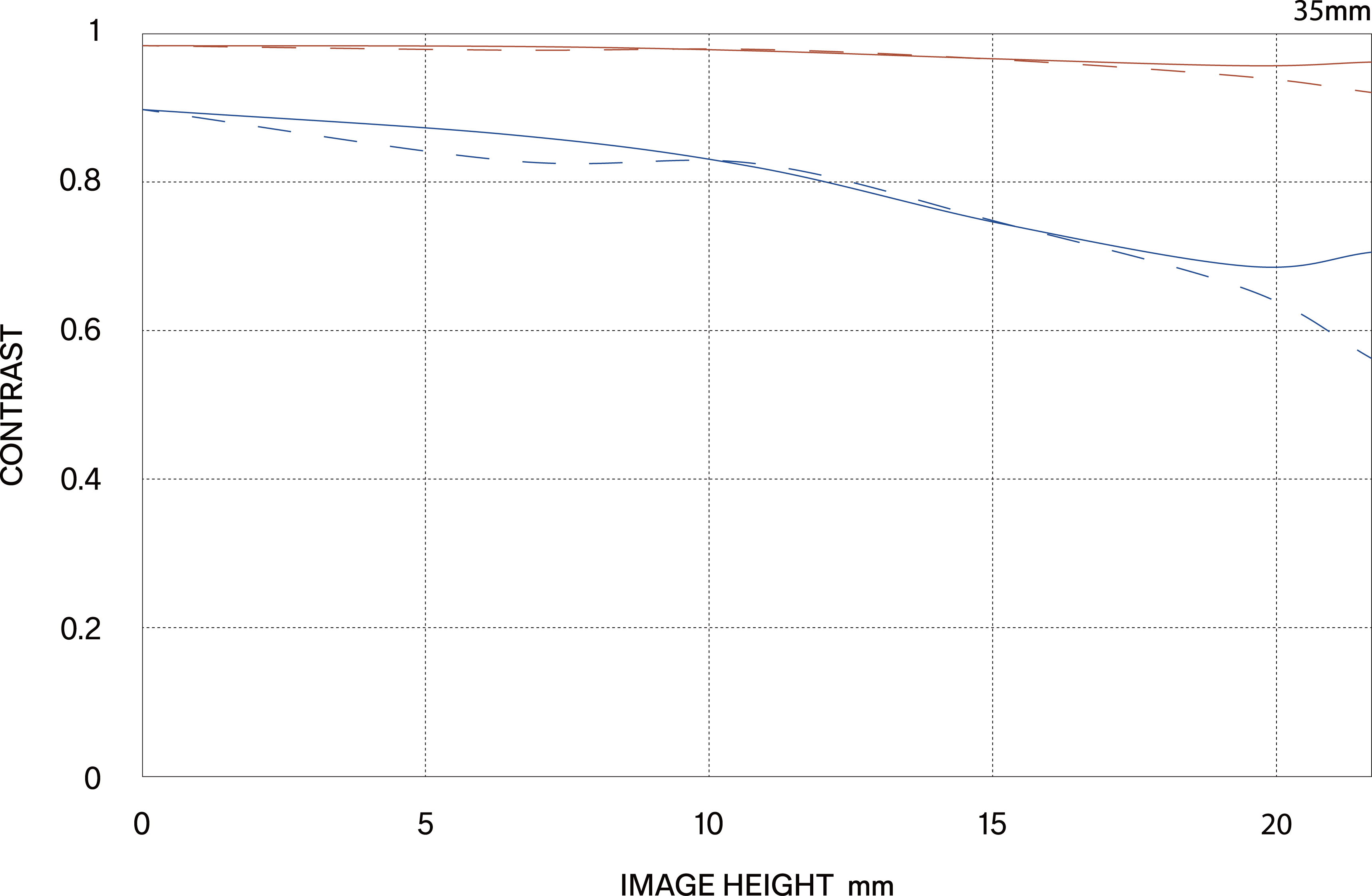
-
Spatial frequency
S:Sagittal Line
M:Meridional Line
-
10lp/mm
-
30lp/mm
-
-
Mount Conversion Service available
-
Support for switching between linear and non-linear focus ring settings (for L-Mount only)
-
Compatible with Sigma USB Dock UD-11 (sold separately / for L-Mount only)
-
Every single lens undergoes Sigma’s proprietary MTF measuring system
-
Camera
Sigma fp L
-
Shutter Speed
1/2000s
-
Lens F Number
F1.2
-
ISO
800
-
Focal Length
35mm
-
Photographer
Yuichiro Fujishiro
-
Camera
Sigma fp L
-
Shutter Speed
1/1000s
-
Lens F Number
F1.2
-
ISO
100
-
Focal Length
35mm
-
Photographer
Yuichiro Fujishiro
-
Camera
Sigma fp L
-
Shutter Speed
1/1000s
-
Lens F Number
F1.2
-
ISO
100
-
Focal Length
35mm
-
Photographer
Yuichiro Fujishiro
-
Camera
Sigma fp L
-
Shutter Speed
1/1000s
-
Lens F Number
F1.2
-
ISO
125
-
Focal Length
35mm
-
Photographer
Yuichiro Fujishiro
-
Camera
SONY α7R II
-
Shutter Speed
1/8000s
-
Lens F Number
F1.2
-
ISO
100
-
Focal Length
35mm
-
Photographer
Abigail Steed
-
Camera
SONY α7R II
-
Shutter Speed
1/1250s
-
Lens F Number
F1.2
-
ISO
100
-
Focal Length
35mm
-
Photographer
Abigail Steed
-
Camera
SONY α7R II
-
Shutter Speed
1/320s
-
Lens F Number
F1.2
-
ISO
100
-
Focal Length
35mm
-
Photographer
Abigail Steed
-
Camera
SONY α7R II
-
Shutter Speed
1/250s
-
Lens F Number
F1.2
-
ISO
200
-
Focal Length
35mm
-
Photographer
Abigail Steed
-
Camera
Sony α1
-
Shutter Speed
15s
-
Lens F Number
F1.2
-
ISO
800
-
Focal Length
35mm
-
Photographer
Shigemi Numazawa
-
Camera
Sony α1
-
Shutter Speed
10s
-
Lens F Number
F1.2
-
ISO
800
-
Focal Length
35mm
-
Photographer
Shigemi Numazawa
